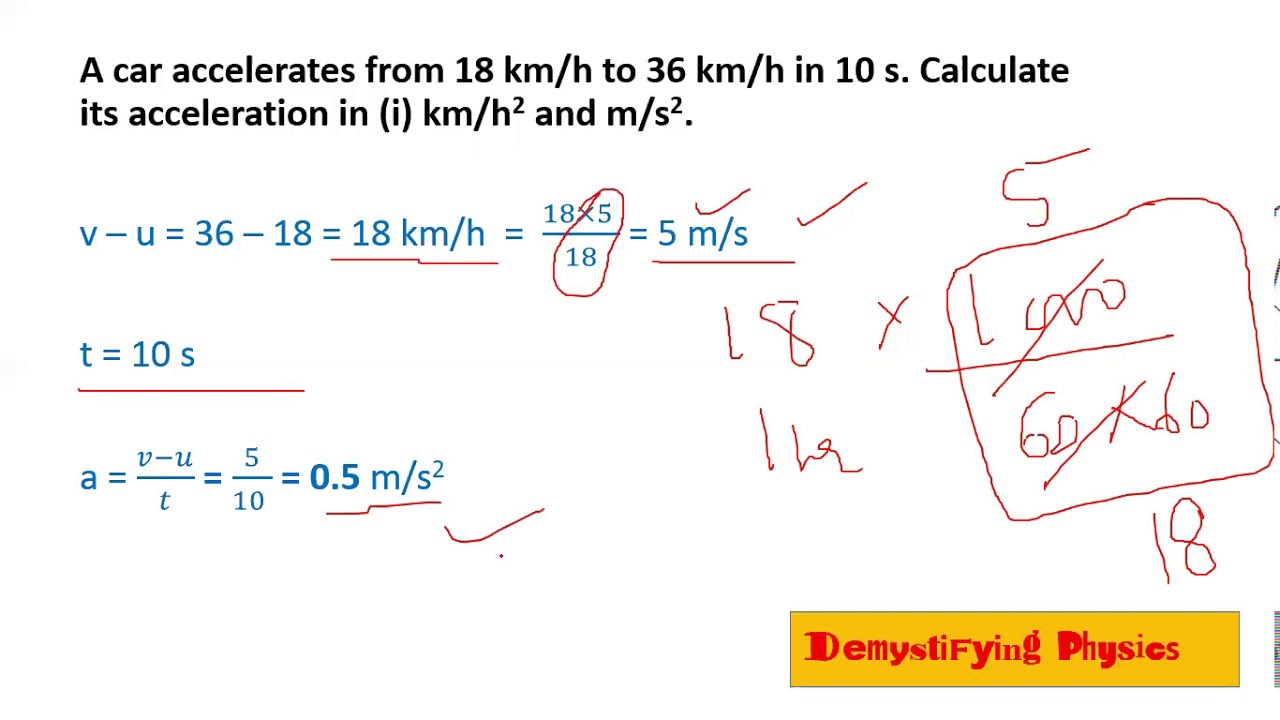5 Calculus Average Formulas

Understanding calculus averages is crucial for comprehending rates of change and accumulation in various fields, including economics, physics, and engineering. Calculus provides powerful tools for analyzing functions and their behavior, with averages playing a significant role in these analyses. Here, we’ll delve into five key calculus average formulas, exploring their applications, derivation, and importance in problem-solving.
1. Average Value of a Function
The average value of a function over a given interval can be calculated using the formula: [ \text{Average Value} = \frac{1}{b-a} \int_{a}^{b} f(x) \, dx ] This formula essentially calculates the area under the curve of (f(x)) between (a) and (b) and then divides by the length of the interval ((b-a)) to find the average value of the function over that interval.
Application: This concept is vital in understanding the behavior of functions over specific intervals. For instance, in economics, it can be used to calculate the average cost of producing a certain quantity of goods.
2. Average Rate of Change
The average rate of change of a function (f(x)) over the interval ([a, b]) is given by: [ \text{Average Rate of Change} = \frac{f(b) - f(a)}{b - a} ] This formula calculates how much the function’s output changes (on average) when the input changes from (a) to (b).
Application: This is crucial in physics for calculating the average velocity of an object over a given time interval. It’s also used in finance to understand the average rate of return on investments.
3. Instantaneous Rate of Change
While not strictly an average, the instantaneous rate of change, given by the derivative (f’(x)), represents the rate of change at a single point. It’s calculated as: [ f’(x) = \lim_{h \to 0} \frac{f(x + h) - f(x)}{h} ] This formula provides the slope of the tangent line to the curve at point (x), indicating the instantaneous rate of change.
Application: Understanding instantaneous rates of change is critical in optimizing functions, predicting future behaviors, and analyzing the sensitivity of systems to changes in parameters.
4. Weighted Average
In situations where not all values in an interval are equally significant, a weighted average can be used. If (f(x)) represents the weight (or density) at point (x), and (g(x)) is the value at (x), then the weighted average of (g(x)) over ([a, b]) with respect to the weight function (f(x)) is: [ \text{Weighted Average} = \frac{\int{a}^{b} f(x)g(x) \, dx}{\int{a}^{b} f(x) \, dx} ] This formula adjusts the average based on the relative importance (weight) of each value.
Application: Weighted averages are used in decision-making processes where different options have varying levels of importance or in signal processing to filter out noise.
5. Moving Average
A moving average, often used in time series analysis, calculates the average of a subset of data points as this subset moves through the entire dataset. For a function (f(t)) representing the value at time (t), the moving average over an interval of length (T) ending at (t) can be expressed as: [ \text{Moving Average at } t = \frac{1}{T} \int_{t-T}^{t} f(\tau) \, d\tau ] This formula provides a smoothed representation of the data, helping to identify trends.
Application: Moving averages are widely used in finance to smooth out price data and identify trends in stock prices or economic indicators. They are also used in quality control to monitor production processes.
Conclusion
These calculus average formulas offer powerful tools for analyzing and understanding the behavior of functions and systems. By applying these concepts, professionals across various fields can make more informed decisions, predict future outcomes, and optimize processes. Whether calculating the average value of a function, understanding rates of change, or smoothing out data trends, these formulas are indispensable in both theoretical and practical applications.
FAQ Section
What is the primary use of the average value formula in calculus?
+The primary use of the average value formula is to find the average value of a function over a specified interval. This is particularly useful in applications such as economics, where it can be used to calculate average costs or revenues over a production range.
How does the instantaneous rate of change differ from the average rate of change?
+The instantaneous rate of change, given by the derivative of a function, represents the rate of change at a single point (or instant), whereas the average rate of change calculates the total change over an interval divided by the length of that interval. Essentially, the instantaneous rate of change provides the speed at a moment, while the average rate of change gives the overall speed over a distance.
What are moving averages used for in practical applications?
+Moving averages are used to smooth out short-term fluctuations in data, helping to reveal longer-term trends. They are commonly used in finance to analyze stock prices, in signal processing to reduce noise, and in quality control to monitor and adjust production processes.
How does the weighted average formula account for varying importance of data points?
+The weighted average formula incorporates a weight function f(x) that adjusts the importance of each data point g(x) in the calculation. By multiplying each data point by its corresponding weight and then summing these products, the formula gives more influence to data points with higher weights, reflecting their greater importance or relevance.
What role does calculus play in the derivation and application of average formulas?
+Calculus, particularly integral calculus, is fundamental in deriving and applying average formulas. The definite integral allows for the calculation of areas under curves and accumulation of quantities, which is essential for determining averages. Furthermore, calculus provides the mathematical rigor and flexibility to adapt average formulas to various contexts and applications.
Through these formulas and their applications, calculus demonstrates its profound impact on our ability to analyze, understand, and predict the behavior of complex systems and phenomena, underscoring its role as a cornerstone of modern science and engineering.